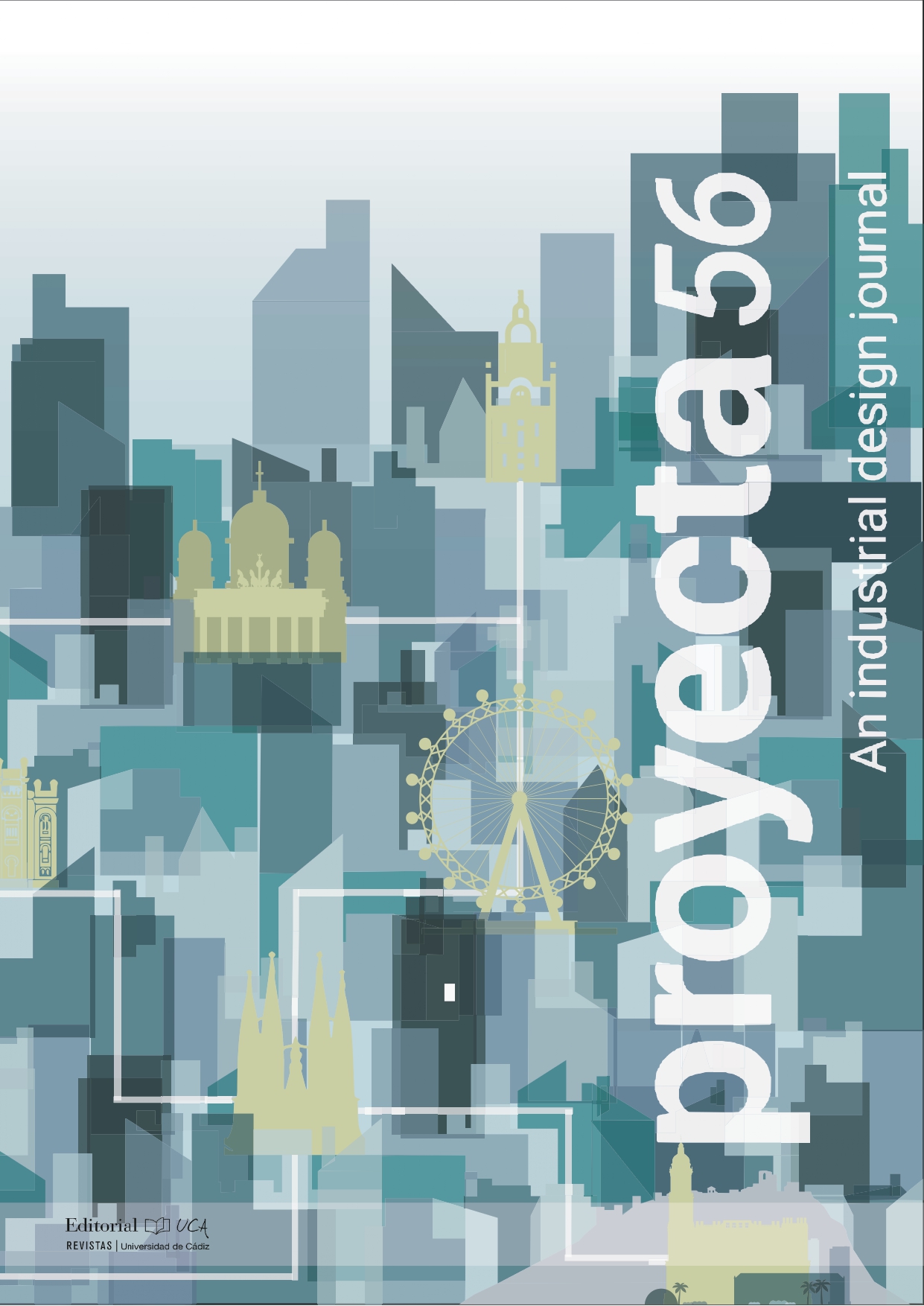Friction como medio de elección

DOI
https://doi.org/10.25267/P56-IDJ.2023.i3.08Información
Resumen
El deseo de cambiar algo es una característica fundamental del ser humano y está relacionado con la autorrealización, el progreso individual y la capacidad de adaptación. Cambiar implica modificar elecciones y prácticas cotidianas, como resistir la gratificación inmediata en favor de metas a largo plazo. Sin embargo, esto presenta desafíos, incluyendo la lucha entre dos sistemas psicológicos: uno reflexivo y otro impulsivo. La resistencia a los impulsos requiere autocontrol, que es un recurso limitado. En esta lucha, el apoyo externo, como las tecnologías interactivas, puede ayudar a perseguir metas a largo plazo. Las apelaciones persuasivas basadas en la comprensión, como los rastreadores deportivos o medidores inteligentes, pueden influir en el cambio de comportamiento.
Descargas
Cómo citar
Licencia
Esta obra está bajo una licencia de Creative Commons Reconocimiento-NoComercial-SinObraDerivada 4.0 Internacional
Citas
Brechmann, J., Hassenzahl, M., Laschke, M., and Digel, M. ReMind. CHI ‘13 Extended Abstracts on Human Factors in Computing Systems on - CHI EA ‘13, ACM Press (2013), 2811.
Brehm, J.W. Theory of psychological reactance. Academic Press, 1966.
Fogg, B. J. (2003). Persuasive technology : using computers to change what we think and do. Amsterdam; Boston :Morgan Kaufmann Publishers
Peter M. Gollwitzer. 1999. Implementation intentions: Strong effects of simple plans. American Psychologist 54, 7 (1999), 493–503. https://doi.org/10.1037/0003066x.54.7.493
Marc Hassenzahl and Matthias Laschke. 2014. Pleasurable Troublemakers. MIT Press, Cambridge, MA, 167–195.
Hofmann, Wilhelm, Malte Friese, and Fritz Strack. (2009). Impulse and self-control from a dual-systems perspective. Perspectives on Psychological Science 4 (2):162–176.
Laschke, M., Hassenzahl, M., and Diefenbach, S. Things with attitude: Transformational Products. Create11 Conference, (2011), 1–2.
Laschke, M., Hassenzahl, M., Brechmann, J., Lenz, E., Digel, M. (2013). Overcoming procrastination with ReMind. In Proceedings of the 6th International Conference on Designing Pleasurable Products and Interfaces, DPPI 2013, 77–85. https://doi.org/10.1145/2513506.2513515
Matthias Laschke, Sarah Diefenbach, Thies Schneider, and Marc Hassenzahl. (2014). Keymoment: initiating behavior change through friendly friction. In Proceedings of the 8th Nordic Conference on Human-Computer Interaction: Fun, Fast, Foundational. ACM. https://doi.org/10.1145/2639189.2670179
Thaler, R. H., & Sunstein, C. R. (2008). Nudge: Improving decisions about health, wealth, and happiness. Yale University Press.
Samuelson, Paul A. (1937). A note on measurement of utility. Review of Economic Studies 4 (2):155–161.
Verbeek, PP. (2006). Acting artifacts. In: Verbeek, PP., Slob, A. (eds) User Behavior and Technology Development., vol 20. Springer, Dordrecht. https://doi.org/10.1007/978-1-4020-5196-8_6
World Health Organization. Global recommendations on physical activity for health. http://www.who.int/dietphysicalactivity/publications/9789241599979/en/, 2010, 60.






